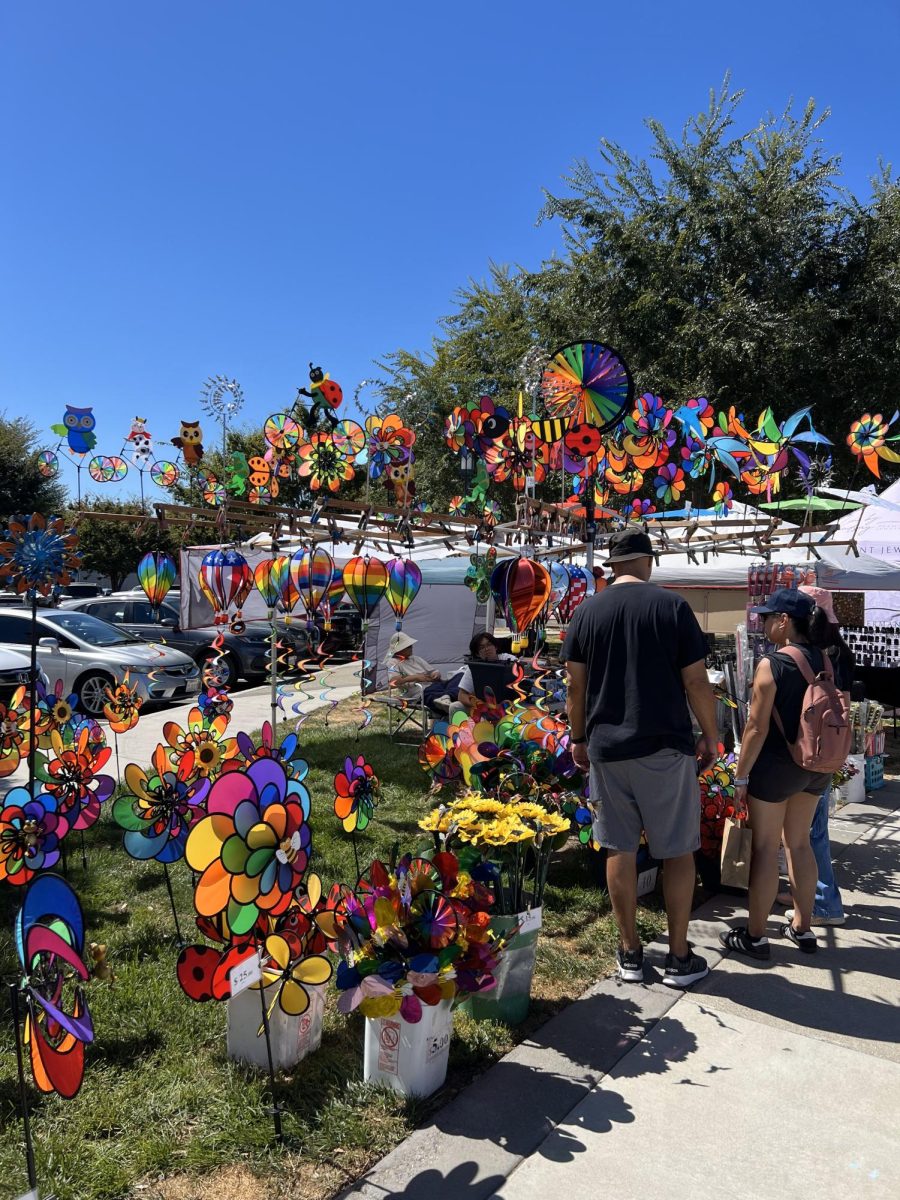When you think “native plant,” there is likely one flower that instantly pops into your mind – the California Poppy. This semi-perennial flower, which may or may not last the winter depending on variables like temperature and frost, is native to most parts of the continental United States, as well as Hawaii, but was named after the state it was originally discovered in.
This flower was chosen in March of 1903 as the state flower of California for its vibrant colors, delicate petals, and beautiful looks. Some people state that its color is representative of the California Gold Rush, but others disagree. Surprisingly to some, this poppy has no more protections than its wildflower brethren, and is merely protected by general California regulations to not pick any plants from property you do not own.
If it is on your own property, however, it is perfectly legal to pick California poppies to your heart’s content, and it is also legal to grow them. Not only are they hardy and able to withstand high temperatures, but they will actually grow back either after winter or reseed themselves in the fall, keeping your garden occupied for years.
However, not all California poppies are made equal. Many different types exist, all lumped into the same species, and some are less resilient than others. While most can regrow after the winter, some must release new seeds every year, living as annuals rather than perennials. This is because their roots are not as strong and not as resistant to frost and cold temperatures, causing them to freeze.
Speaking of roots, these poppies are more resilient than many other small flowers and grasses because of their relatively extensive root system. They can often thrive in soils too dry and barren for other plants to survive in. This may be why the species’ range stretches from the Pacific to the Atlantic, and why it is so common to spot one of the yellow-orange flowers in California.
Culturally, California poppies have been used in folk and alternative medicine for centuries, first by the Native Americans and later by modern-day herbalists. While it does not seem to have been put into use by official medical authorities, some components derived from similar plants are included in certain drugs. The flower is not closely related to the notorious opium poppy, and sources cite it as safe for human consumption, although others claim it to have mild sedative and psychoactive effects. It is not known to have any narcotic substances in it. It is not very toxic to pets like dogs, though it is not recommended for them, as it can cause mild digestive problems.
Now, to grow California poppies, acquire a handful of the seeds and scatter them around your garden, without covering them in soil. They can grow in many different soil conditions, including dry, well-drained soil and wet clay soil. Most of the time, they only require natural rain for water, though occasionally they may need watering by hand, especially if you live in an exceptionally dry location. If you decide that you want to pick them, do it before the summer season, or their tops may die off before you can do so!



































